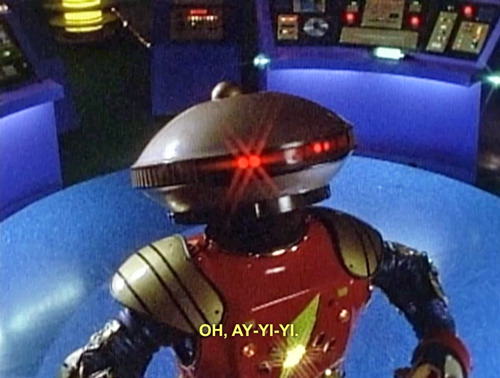OK back on topic. Does anyone have any examples of an all red led grow of marijuana. And I am talking about SMD LEDS not the epoxy capped leds which are inferior to HPS in efficiency.
If not. Get ready cause I am going to be the one to do it I guess. 500watts of pure 660nm light coming from a SMD LED diode that is about 3inches by inches attacked to a heatsink that is 19lbs..............lmao
I think you made a little confusion saying that epoxy capped leds are bad and SMD LEDs are good.
SMD stands for Surface Mount Device and designates all the electronic components that can be mounted right on the surface of the PCB (by soldering) without need for pins or terminals, simplifying the process of mounting.
All 1w and 3W LEDs have epoxy domes on top, and the dome is filled with a transparent silicon gel which help to bond the dome to the LED itself.
The general problem with 5mm or 10mm epoxy capped LEDs is the low power consumption which mean a much lower light flux. Of course, this types of LEDs where not designed to burn more than 200mW (but you can find 10mm LEDs rated to 1W or even 2W), but in a proper configuration they could be used to grow plants. You will need thousand of them to achieve the same light flux , increasing the costs also, but is not impossible.
Again, all chinese cheap "LEDs" are not actually LEDs, but matrix of 1W or 3W chips mounted directly on top of the aluminium heat sink , and they are not SMD. If you show me how you could mount a 300W LED array in SMD configuration (using a reflow soldering system) I will eat that "LED" and the PCB also.

I agree that is much simple to use high power LED array to achieve the same power, but the problem of cooling increases when the surface of the LED decreases.
There is another aspect much people don't know about this LED arrays: the size of the LED chip (which vary from 28 to 45 mil) . The bigger the size of the chips , the bigger the light flux on the same current and the longer the life of the chip/array.
It would be nice to see 300W or 500W LED arrays that incorporates several wavelength chips : blue, red, white, in the same manner the light panels on the market are build. I believe we will see this kind of LED array soon on the market.
Reading this thread a new idea came into my mind : what about growing all blue ? It's obvious the plant will thrive on veg state, but what about of flowering ? (For sure we should see some very leafy buds)





